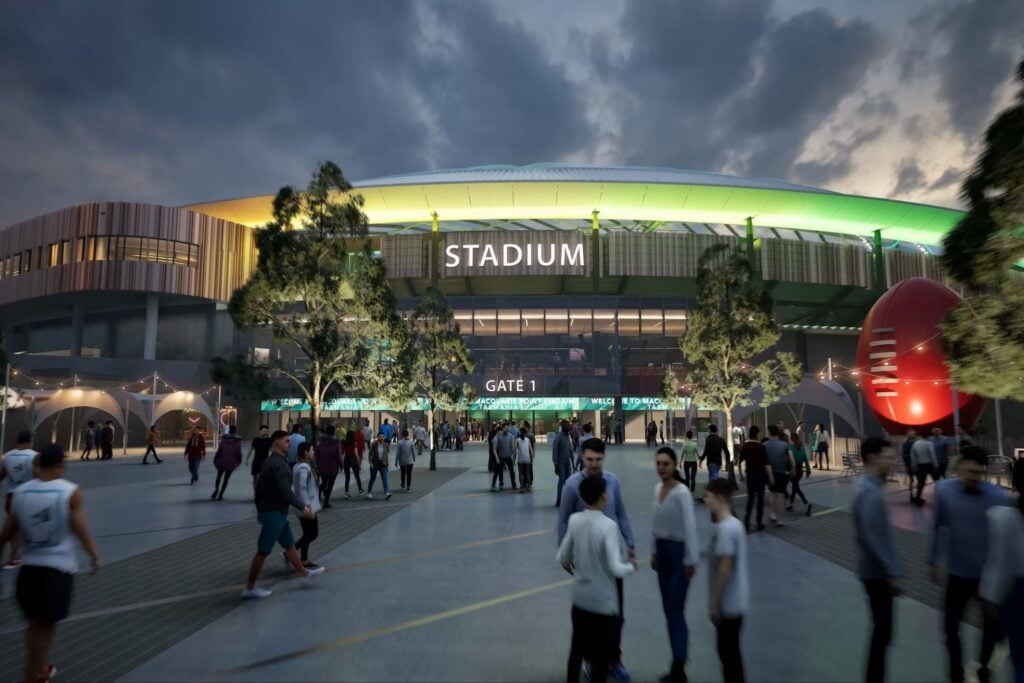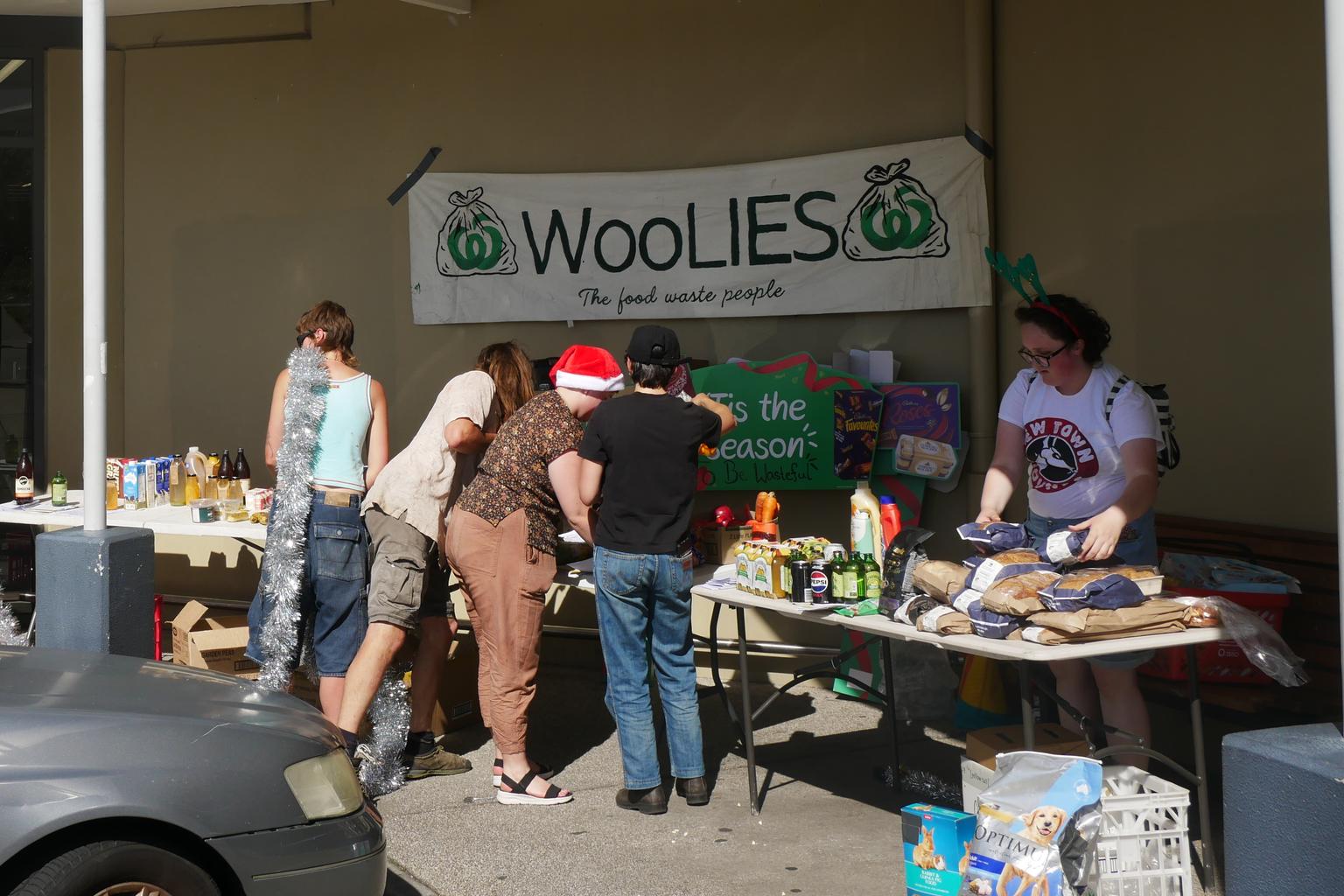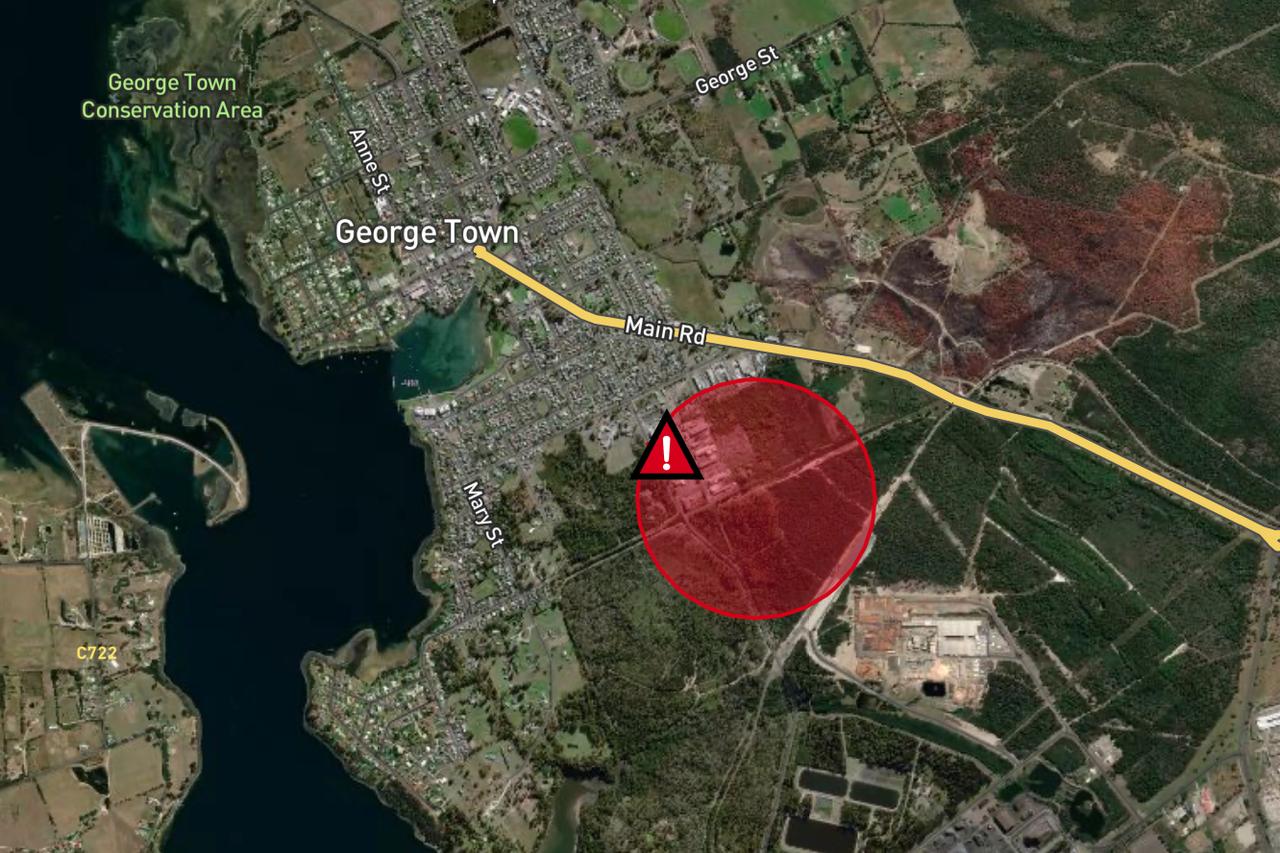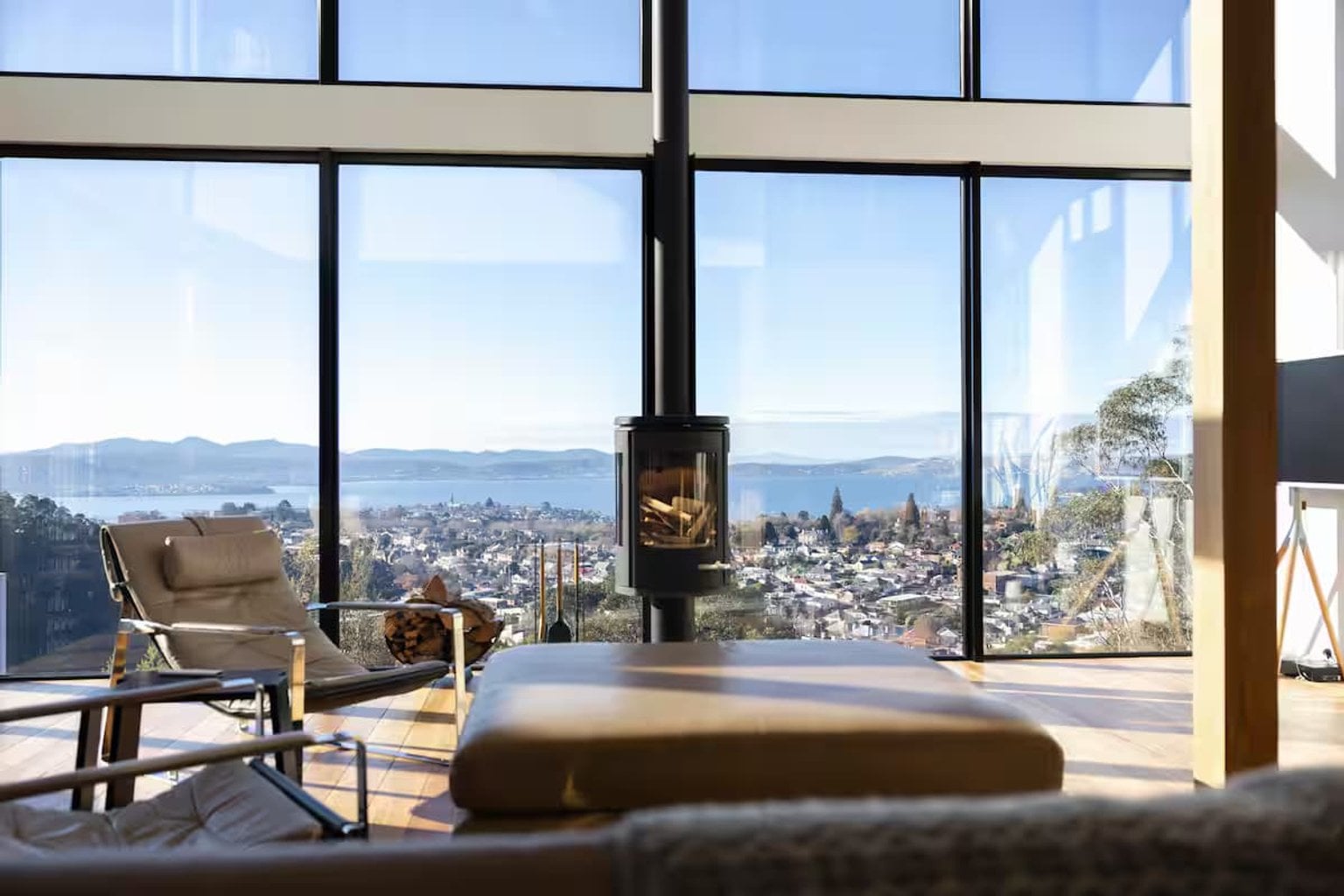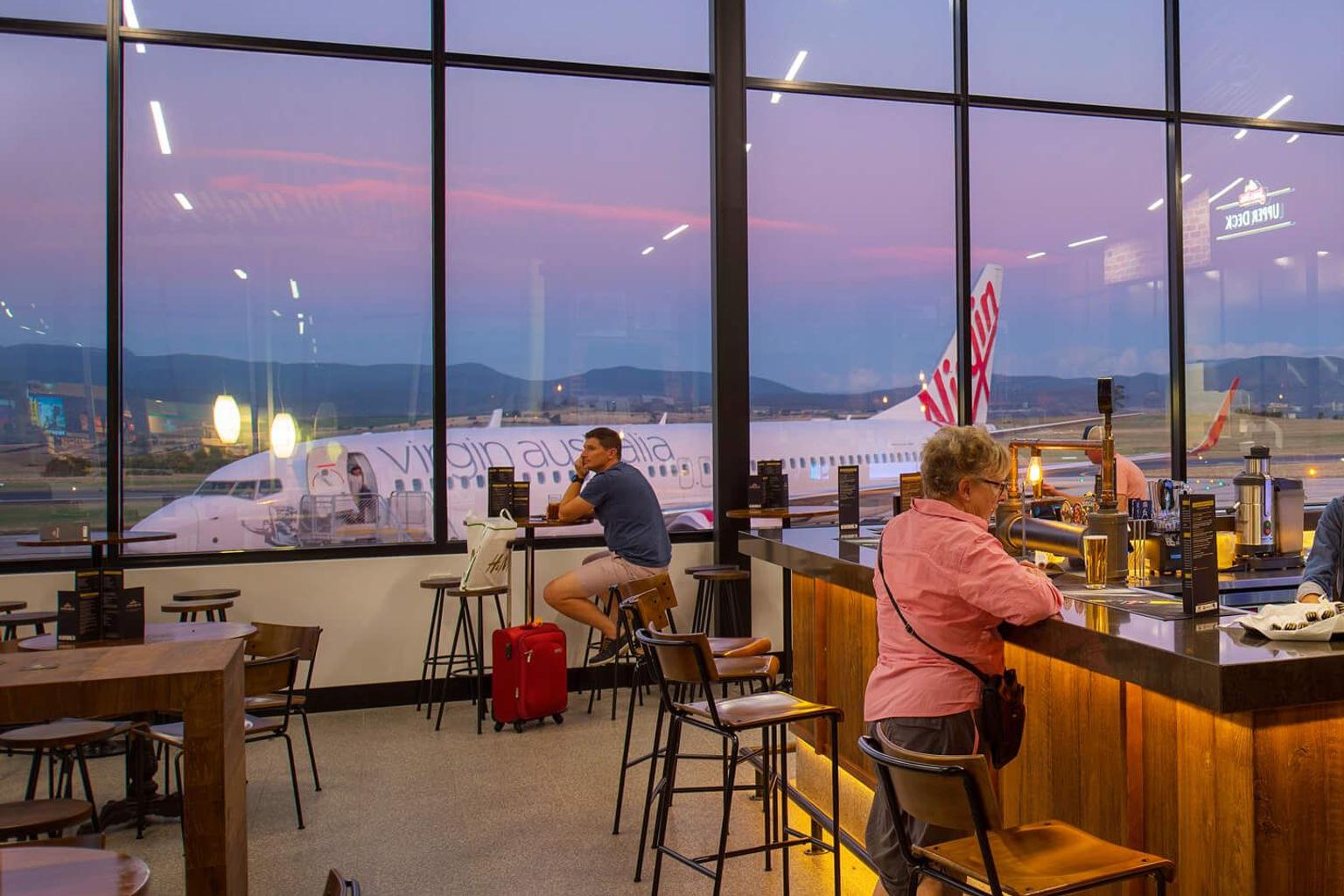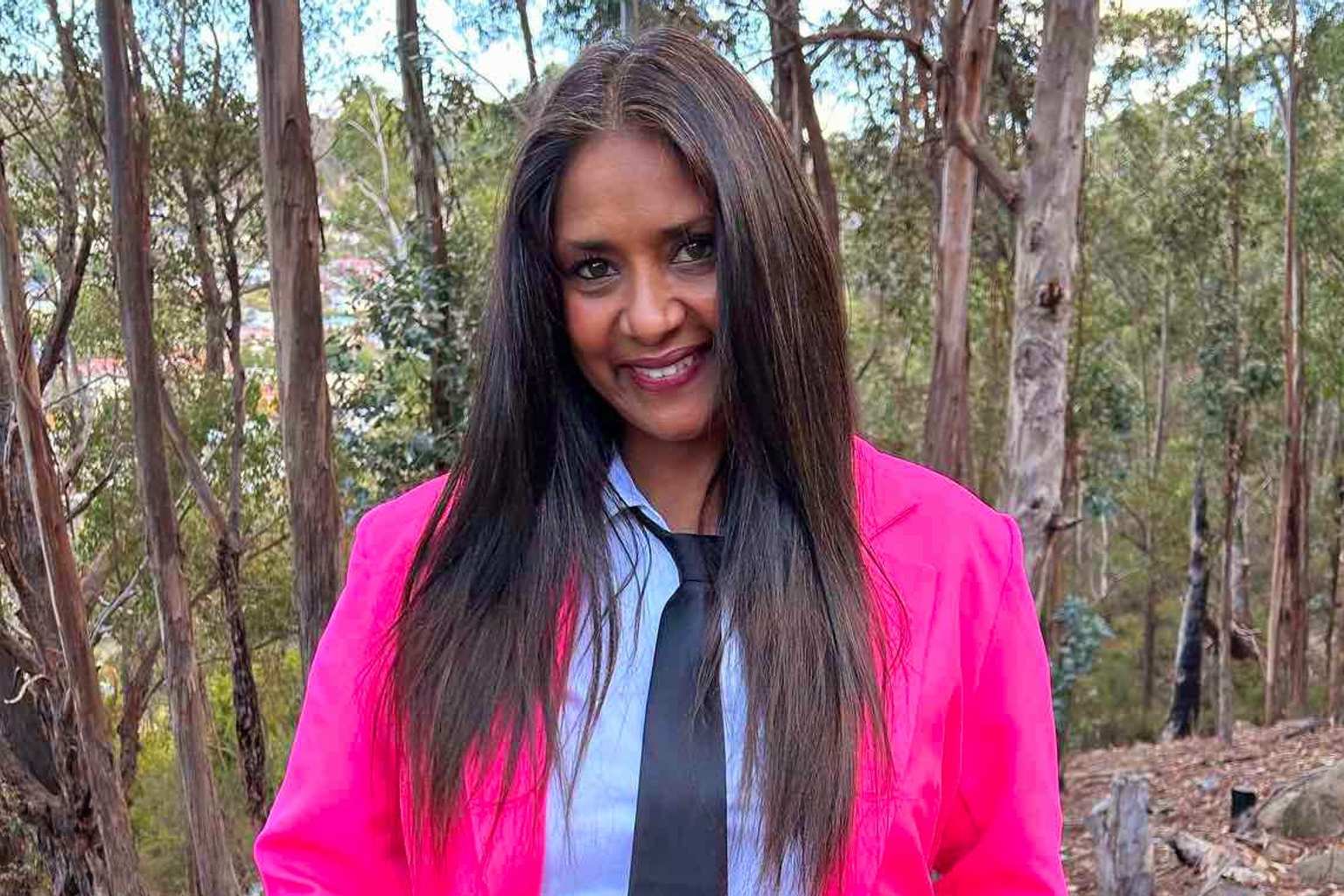The independent panel that recommended against proceeding with the proposed Macquarie Point stadium has fronted a parliamentary committee.
The five-member panel, appointed by the Tasmanian Planning Commission, told the Legislative Council they based their conclusion purely on the evidence presented.
“We came into this process without any preconceived ideas,” former Treasury secretary Martin Wallace said.
“What we’ve done is we’ve tried to be objective as possible dealing with the facts and not the emotion. We can’t deal with the emotion.”
Wallace said the panel had spent a year “rigorously” examining “everything”.

“We’ve taken a consistent approach on various things and we’ve formed a view and made a recommendation to the best of our ability on the facts that we have and virtually all those facts come from the proponent,” he said.
The panel’s integrated assessment found the project “should not proceed”.
“The [independent assessment report] identifies a number of benefits and disbenefits that would accrue if the project proceeds,” their recommendation stated.
“The panel has concluded that the benefits are outweighed by the disbenefits.”
Panel member Gary Pratley told the committee that escalating construction costs were affecting projects across the country.

“Certainly in Sydney, apartment developments around transit-oriented development sites are being approved. They’re not being started,” he said.
He pointed to a luxury apartment project on Macquarie Street in Hobart where the developer walked away after approval, citing a 300% jump in construction costs for materials such as glass.
“To me that is a very serious issue. It’s affecting every project around Australia,” Pratley said. “This one is not going to be immune from that.”
The stadium’s estimated price tag now sits at $1.13 billion, up from $945 million at the time of the panel’s report.
The panel also found the stadium precinct would be largely dormant outside events, with proposed housing cut off from services and located close to 24/7 port operations.
Panel member Shelley Penn described narrow pedestrian corridors around the site as creating “entrapment space” where people could feel unsafe at night.

“… If I have to walk across this at night, this is going to be empty. There’s nothing happening. It’s dead space. There’s no one else around … It’s scary.”
She said the proposed mixed-use buildings also appeared unviable, with no clear vehicle access.
Panel member Lynn Mason said Aboriginal consultation had been a “failing in process”.
“.. The lack of consultation with the Aboriginal community means that we were unable to give any kind of objective, any kind of assessment, really, of how the Aboriginal community felt about it,” Mason said.
“What we heard was that sufficient time simply had not been allocated.”
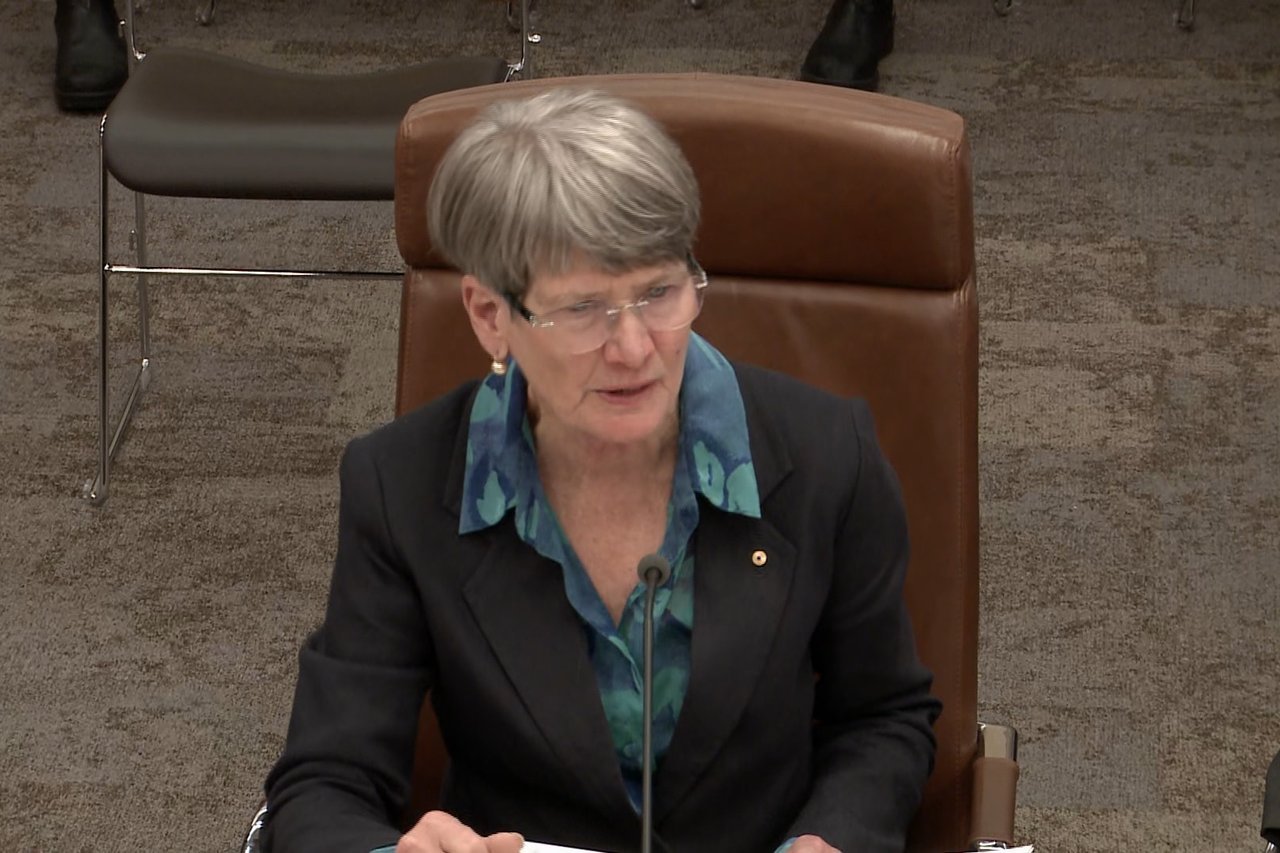
She said a proposed Aboriginal truth-and-reconciliation park had been reduced in size several times, calling the outcome poor.
“Tokenistic is too light a word,” she said.
The panel also raised concerns about bus access, pedestrian movement during crowd dispersal, the stadium’s visual impact and the economic viability of the surrounding commercial precincts.
The Legislative Council will vote on the proposal next week.

